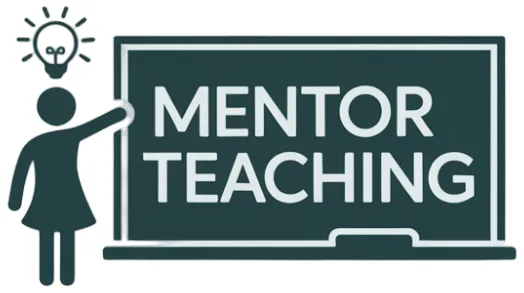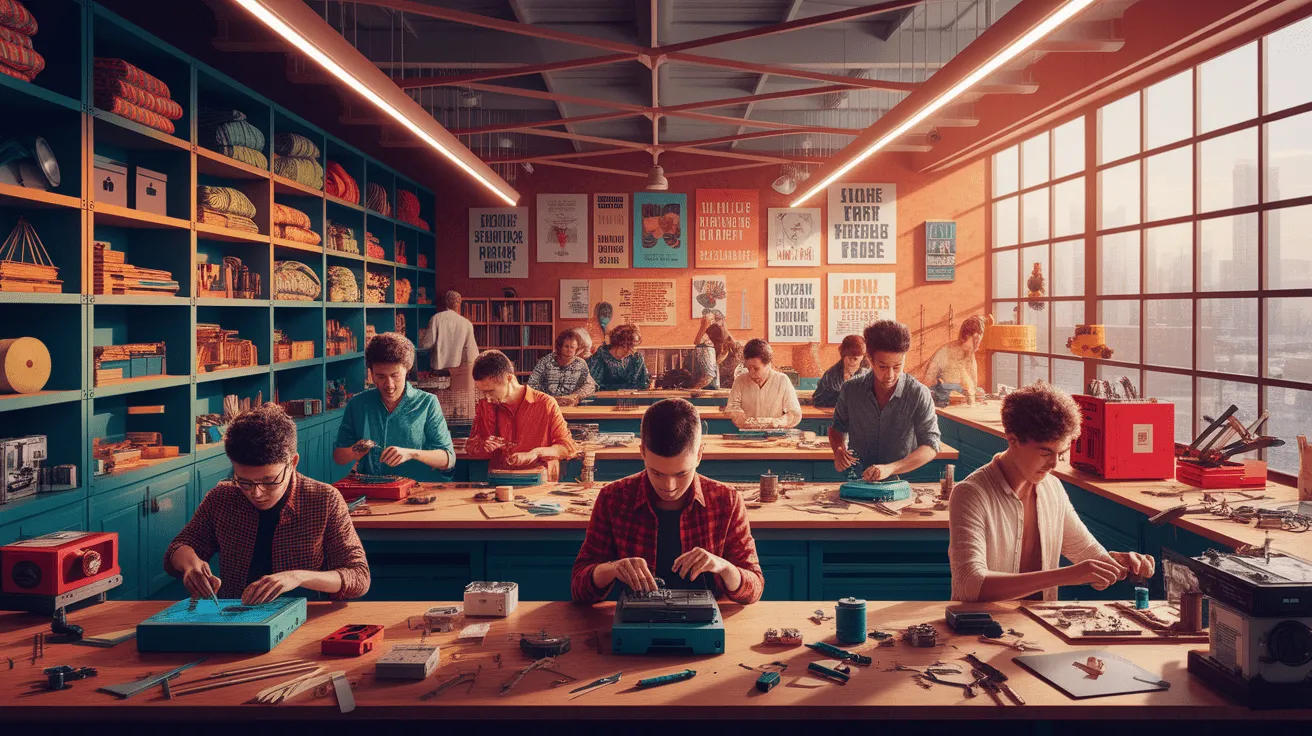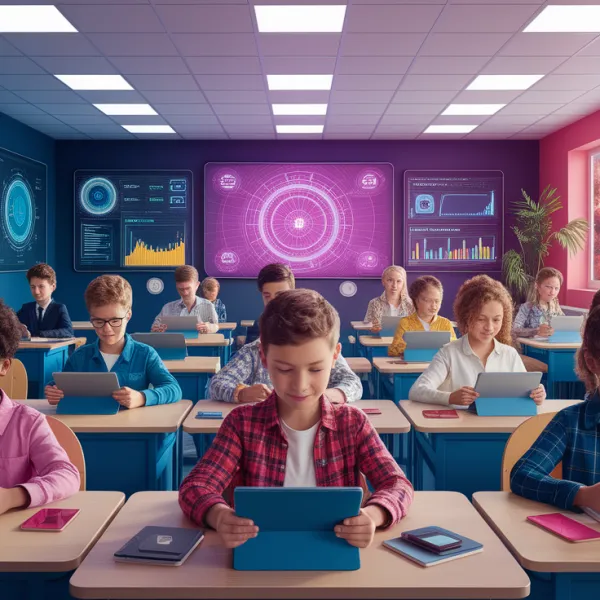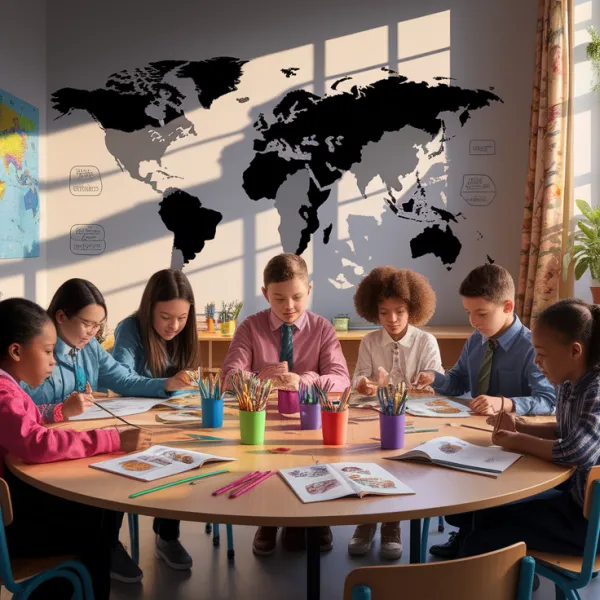Welcome to the World of Maker Spaces
Imagine a place where creativity bubbles over, tools are at your fingertips, and the only limit is your imagination. That’s the magic of a maker space! Whether you’re a curious beginner or a seasoned tinkerer, these community hubs welcome everyone eager to create, experiment, and learn. Think of it as a playground for your brain — with power tools, soldering irons, and maybe even a 3D printer or two!
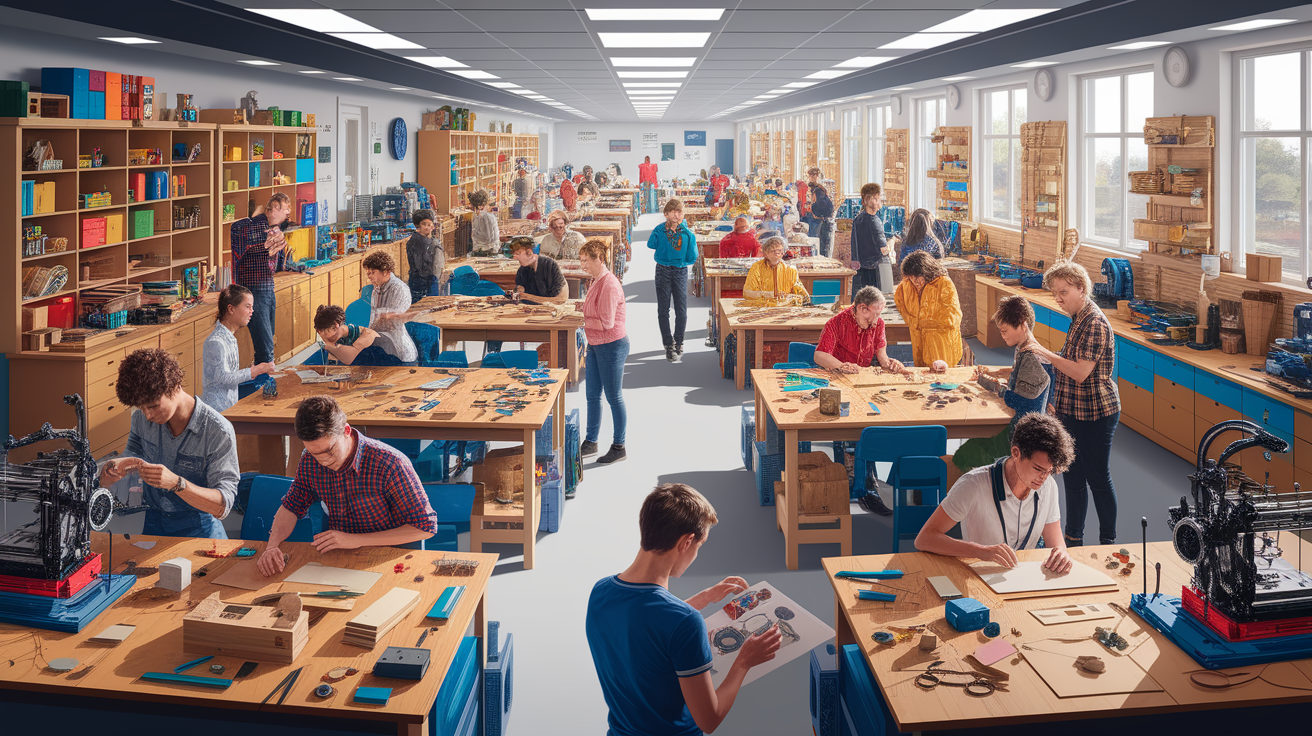
What Is a Maker Space?
A makerspace is an open, collaborative workshop designed for people with shared interests—often in technology, crafts, engineering, or art—to come together, swap ideas, and build things. Also known as hackerspaces, fab labs, or DIY workshops, they blend community spirit with access to tools and technology you might not otherwise have in your garage or spare room. From 3D printing to laser cutting, Arduino programming to woodworking, the possibilities are endless. Many are located in libraries, schools, community centers, or even operate as independent startups, serving as vibrant hubs of innovation and hands-on learning.
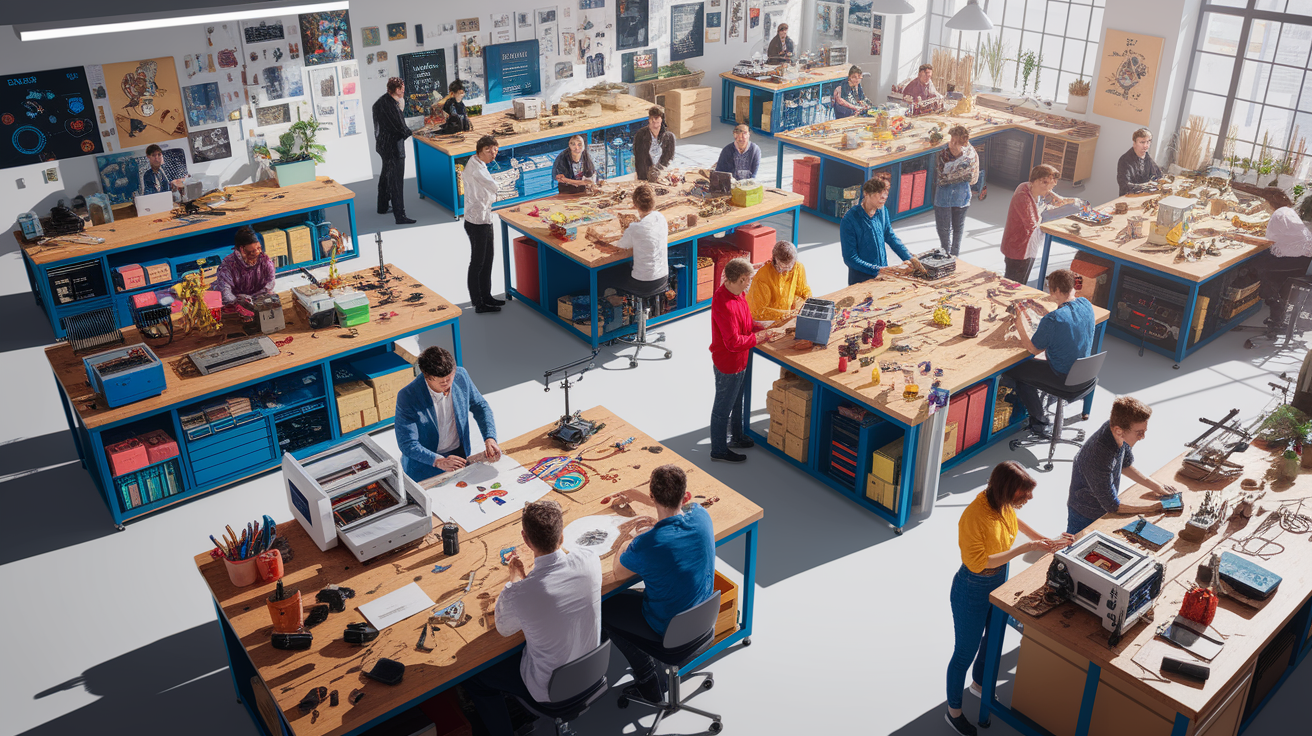
Key Features of a Maker Space
Every makerspace has its own unique flavor, but most share some core ingredients that make them such inspiring places to be.
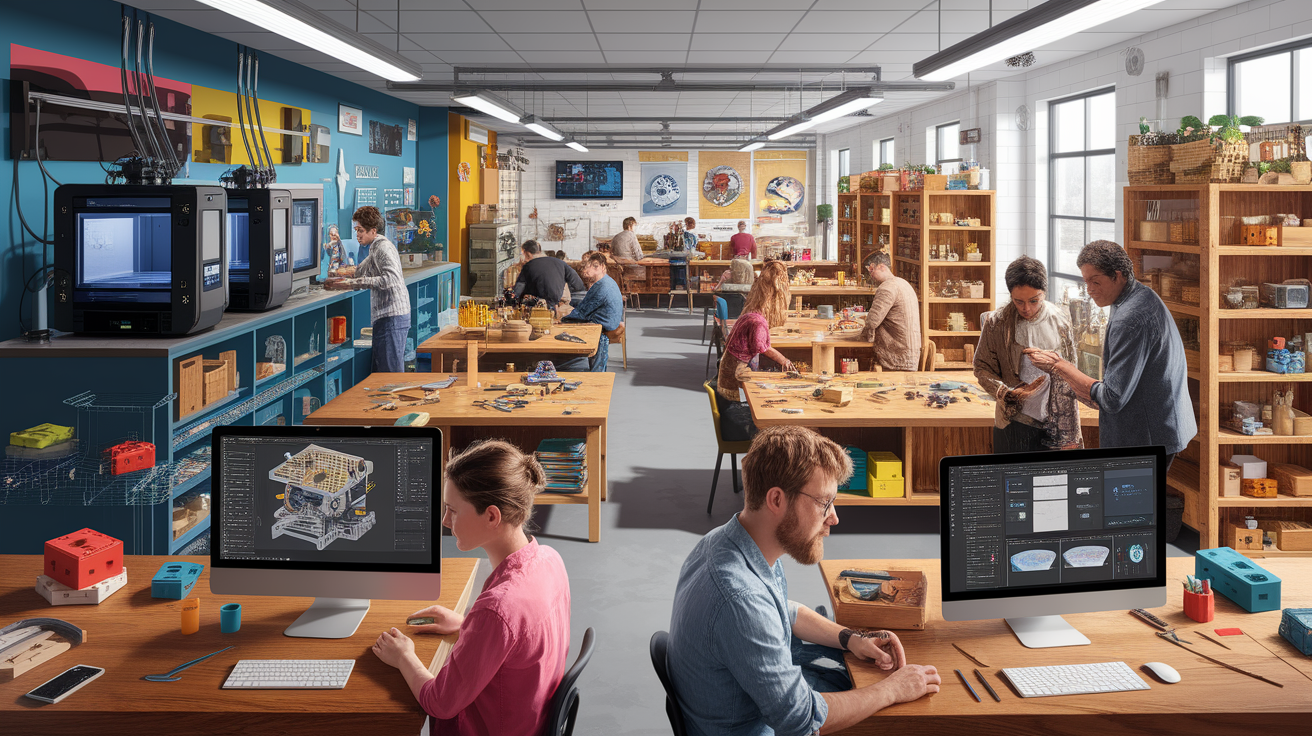
- Shared Tools and Equipment: Expect access to items like 3D printers, CNC machines, laser cutters, sewing machines, soldering stations, and electronics prototyping kits.
- Collaborative Workspaces: Long tables, open benches, and plenty of room to spread out and work side-by-side with other creative souls.
- Skill Sharing: Peer learning is a big deal—members often teach each other new techniques in woodworking, coding, or digital fabrication.
- Project-Based Learning: Classes, workshops, and open-lab sessions to help you turn that “someday” idea into a tangible project.
- Community Culture: A strong maker culture that celebrates curiosity, experimentation, and collaboration.
Benefits of Using a Maker Space
Why join a makerspace? Glad you asked!

- Access to Technology: High-end tools like laser cutters or CNC machines can be expensive—makerspaces give you the keys without a huge investment.
- Hands-on STEM Education: Perfect for students, teachers, and life-long learners interested in science, technology, engineering, and math.
- Creative Collaboration: Meet other inventors, engineers, artists, and entrepreneurs who can challenge and inspire you.
- Skill Development: Learn everything from soldering electronics to operating a 3D printer or programming a Raspberry Pi.
- Entrepreneurship Incubation: Many makers turn prototypes made in a community makerspace into marketable products and business ventures.
How to Find or Start a Maker Space
If you’re now itching to grab a screwdriver or sketch your next invention, the first step is to locate a community workshop near you. Try searching for “community makerspace near me” or “innovation lab in [your city].” Many public libraries now house makerspaces thanks to their growing role in supporting digital learning.
If there’s no makerspace nearby, why not start one? Begin by gathering like-minded people who share your passion for making. Secure a location—this could be a room in a community center, a school, or a shared coworking space. Then think about your makerspace business model, decide on membership fees, seek grants or nonprofit makerspace funding, and equip the space based on community needs. Don’t forget safety—set clear makerspace safety guidelines and provide training on all equipment.
Ready, Set, Make!
Now that you know what goes into a makerspace and why they’re so empowering, the next step is simple: dive in! Whether you’re building your first piece of furniture, designing a robot, experimenting with open source hardware, or exploring digital manufacturing, remember—there are no wrong questions or ideas here. Every great invention started with curiosity and a willingness to try.
Your journey into the world of maker culture could start today. Step into that creative space, roll up your sleeves, and see what amazing things your hands and mind can produce. The spotlight’s on you, Maker—are you ready?
